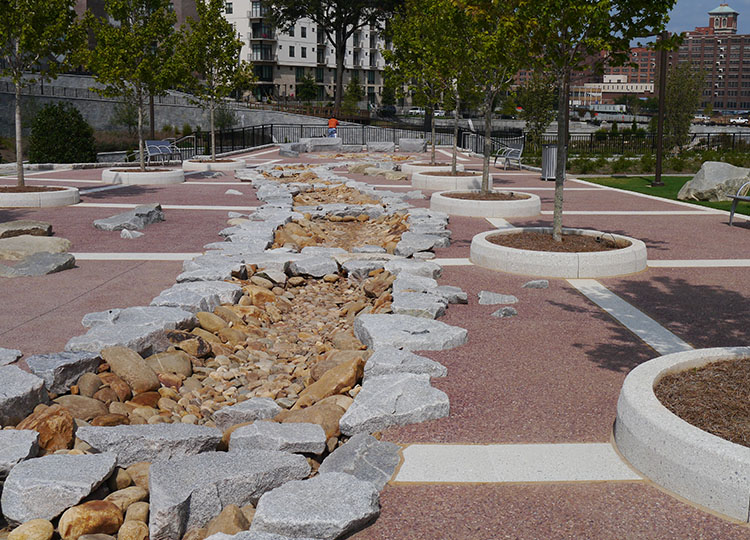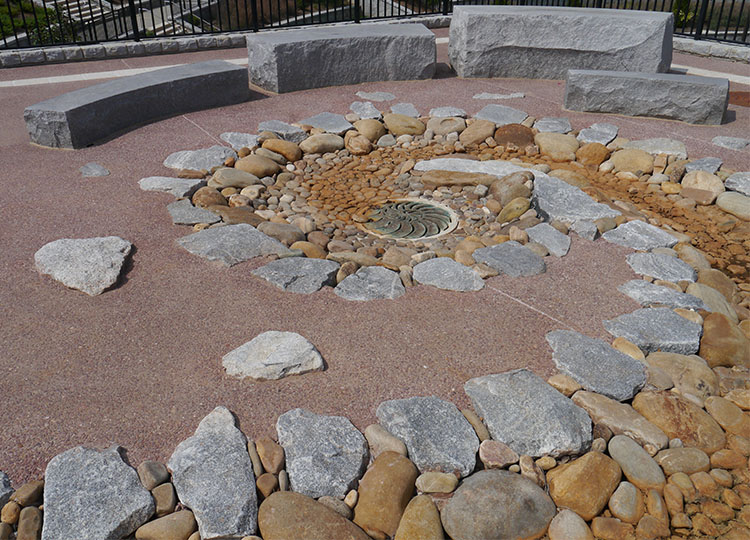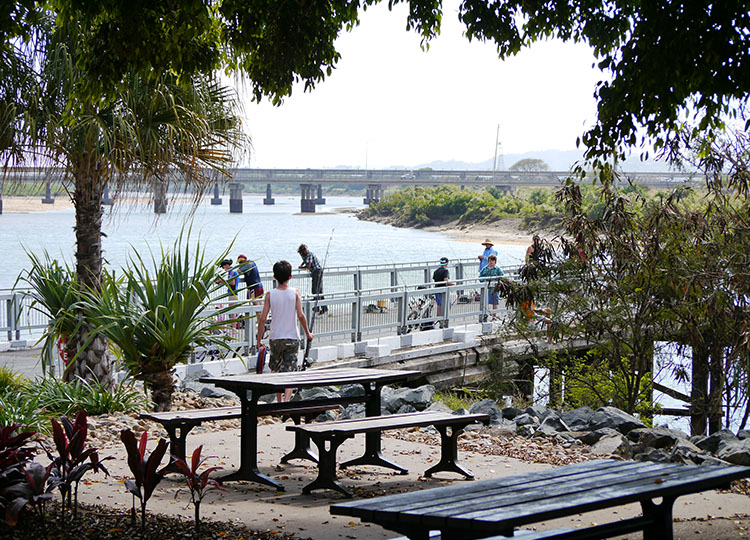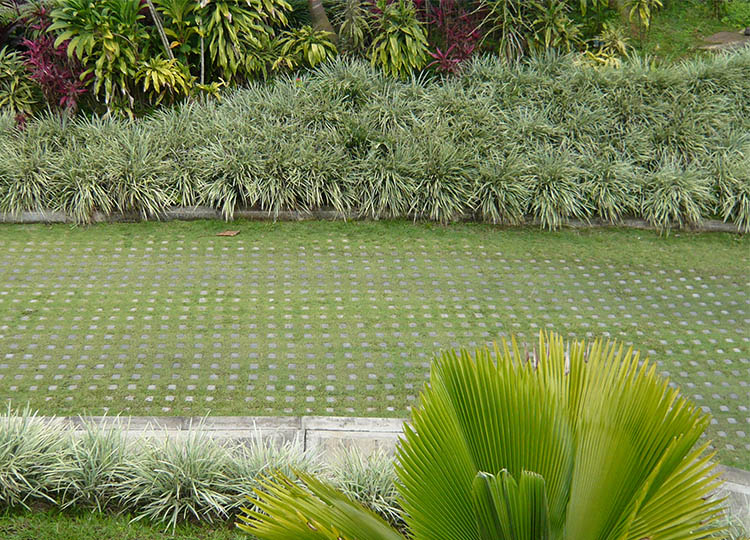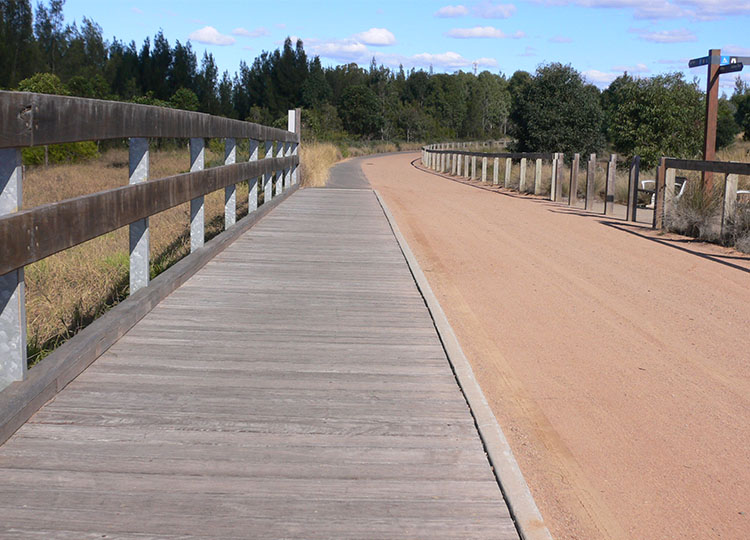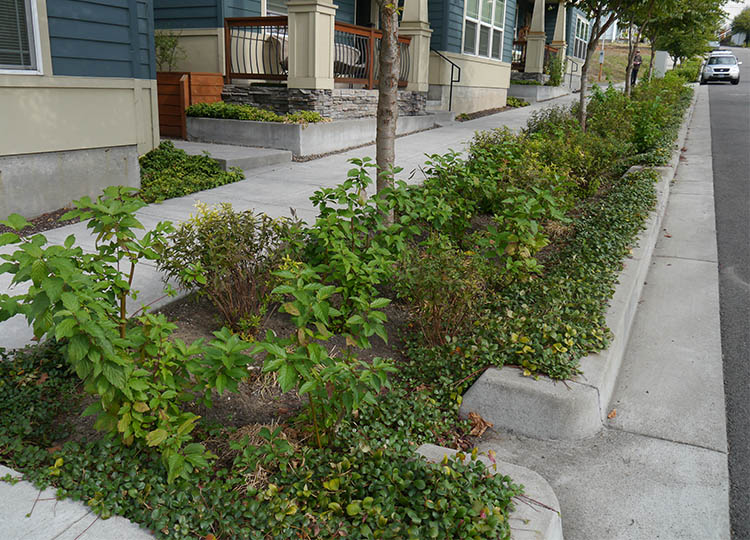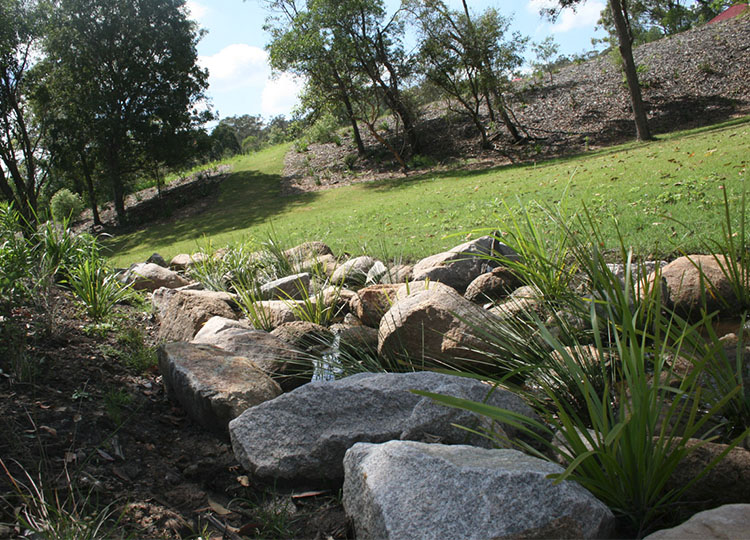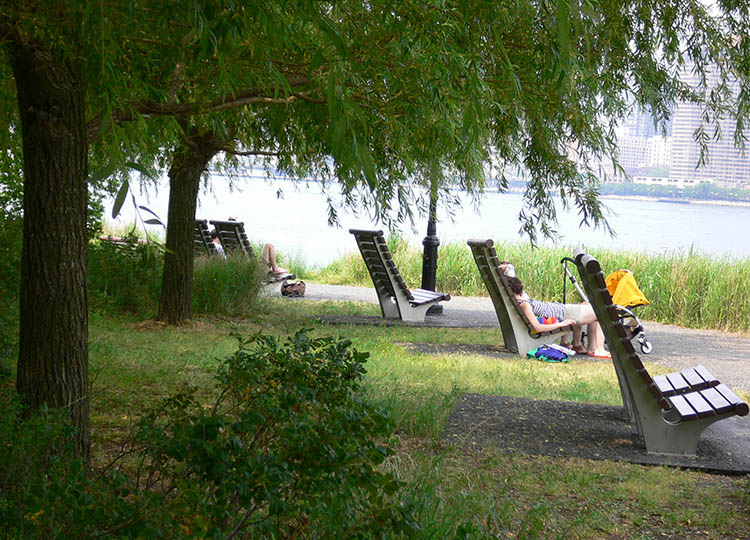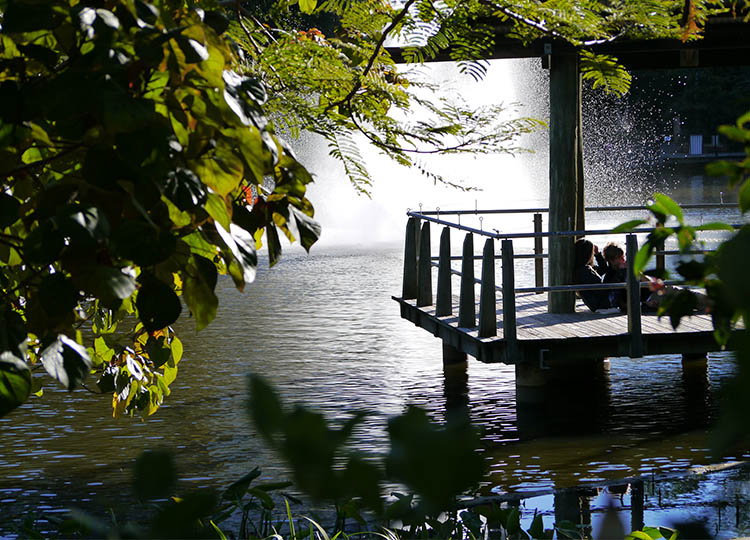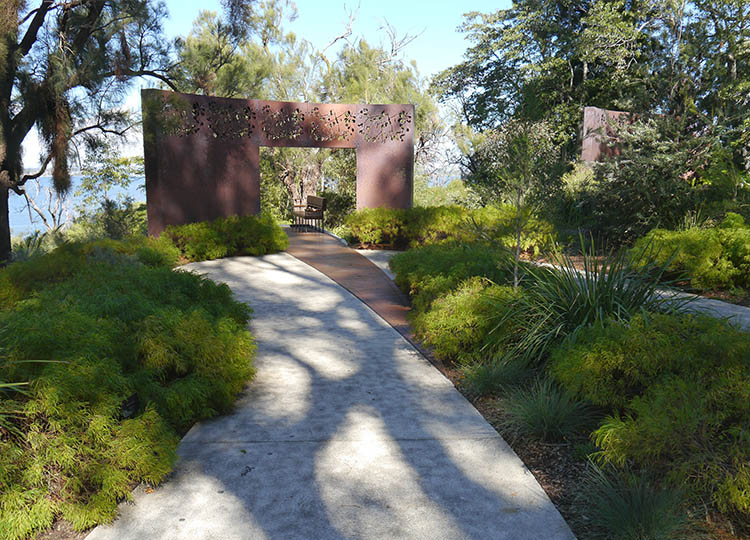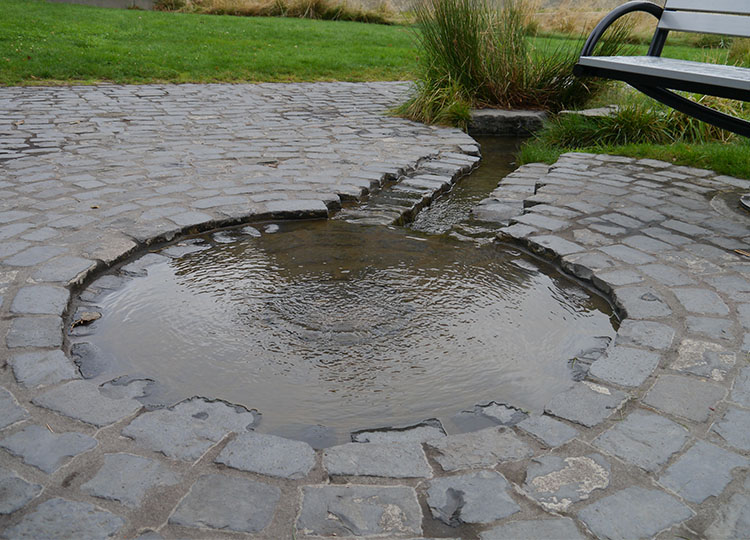Some things work better with water: we, for example, are 60% H20.
Even though one day 440 million years ago (give or take) the first little critters and critterettes abandoned the primordial ooze to set up camp on land, water has maintained a critical role in our lives.
One of the things I love about landscape architecture is that the ‘stuff’ we get to work with is so richly varied:
- places that have been incredibly damaged or are breathtakingly beautiful;
- soil and geology;
- the infinite varieties of plant life;
- time, and all its processes and manifestations;
- the practicalities of construction and budgets;
- the way landscapes can contribute to our health and happiness, and;
- their ability to reveal the history of places and what they mean to people.
So it is with water.
We can create places that draw attention to the movement of stormwater, like the channel that weaves through the Fourth Ward Park in Atlanta...
…that provide a variety of sounds, rhythms and volumes of water, like the watercourse at the Royal Botanic Gardens Cranbourne…
…and that allow people to touch water as it is flowing, falling or splashing, like Parque del Agua in Bucaramanga, Colombia...
...and at the Diana, Princess of Wales Memorial Fountain in Hyde Park.
We can encourage interaction with water by providing clear points of entry that are visually inviting and safely accessible, like these steps down to the river at New York's Gantry Plaza State Park:
We can provide places for play and exploration of water systems...
...and we can incorporate educational or interpretive elements that explain or demonstrate water values.
The design of landscape and stormwater systems can be highly integrated, prominent and beautiful:
We can create places where natural, historical and cultural identity is embodied and reflected:
We can protect our water systems by using pervious surfaces to limit the volume and rate of runoff:
The amount of polluted runoff entering our waterways can be minimized by capturing and treating it locally:
Waterfront and aquatic habitats can be protected through planted buffers:
We can choose plant species that connect sites and places to their broader context:
We can support development that maximises the opportunity to rehabilitate degraded sections of waterways and waterfronts corridors:
We can harvest roofwater or stormwater as a way of reducing the demand on community water infrastructure, and reducing the energy and community costs associated with processing and pumping potable water:
We can acknowledge the proven link between wellbeing and the provision of green spaces and water in the landscape by creating gathering places that improve social ties:
Similarly, the design of green spaces and water can encourage reflection, rest and quiet contemplation:
Finally the design of green spaces and water can support healthy living by providing opportunities for passive or active recreation.
Wouldn’t it be lovely if all the places we live were able to protect, enhance, integrate and celebrate water as wonderfully.
Last year I was fortunate to work with an amazing group of people on a project aimed at achieving just that, and last week the Living Waterways framework was a finalist in the Premier’s Sustainability Awards.
You can find out more about Living Waterways on the Healthy Waterways website here.
Happy pondering, playing, paddling, planting or promenading.
“Water is sufficient. The spirit moves over water.”



